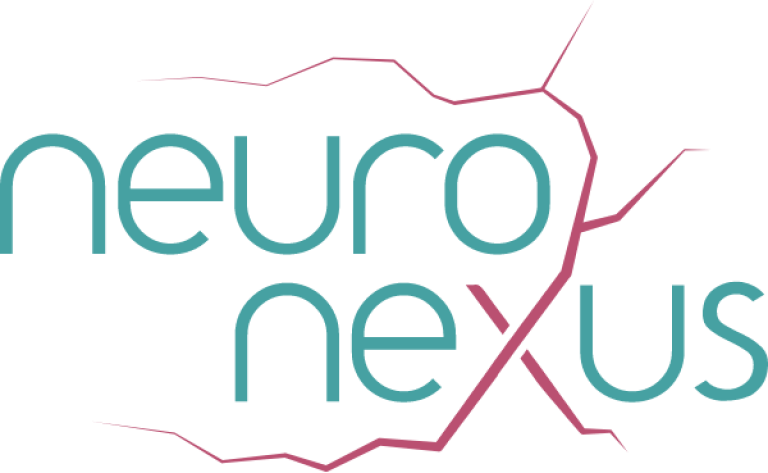A portable encephalogram (EEG) solution for acute care
Champion Name
Organization
UBC, UofAChallenge ID
Project Track
Skills Needed
We envision an EEG device created for medical use that is low cost, portable and wireless, and designed for use in Emergency Departments and Intensive Care Units (ICU). Our aim is not to replace current advanced medical electroencephalogram devices used for epilepsy and long-term monitoring. Rather, we aim to increase accessibility for basic EEG facilities in acute care for rapid detection of seizures and encephalopathy.
Ten percent of the population will have at least one seizure in their lifetime and 2-3% percent of them will go on to develop epilepsy or recurrent seizures. Access to EEG and the paucity of resources including EEG devices and technicians continues to be a real problem in hospitals, including in Alberta – delaying critically needed care for vulnerable patients. A significant contributor to this challenge is the limited number of expensive EEG devices available in Albertan hospitals. In addition, the need for dedicated hospital rooms which are equipped to perform standard EEGs present yet another barrier to achieving testing and diagnosis in a timely manner. The cost of this to both our ability to provide timely patient care as well as to our publicly funded healthcare system remains substantial, with tests often being delayed overnight requiring prolonged patient admission. This impacts diagnosis as well, with the lack of available testing creating delays in diagnosis of patients, which can result in reduced capture of potential epileptiform activity and the need for multiple subsequent tests, all contributing to uncertainty for the patient and increasing costs for our healthcare system. In many acute situations, a fast (<20-30 minute) EEG is sufficient in detecting epileptiform (seizure) activity or other patterns of cerebral dysfunction seen on the EEG.
We envision a novel EEG device that is accurate, light, and portable consisting of only a helmet (with standard 21 EEG dry electrodes) in addition to a wireless transmitter that will transmit the information from the leads to standard EEG software that can be read by an epileptologist remotely. Such a device will allow for more rapid access to testing in acute care situations and allow for more effective prioritization of patients for the limited numbers of dedicated EEG monitoring beds. Rather than replace current EEG systems, this device will complement the standard EEG device in helping to serve as a screen for positive epileptiform activity and guide further advanced monitoring and management. We envision this device will result in enhanced, timely care for patients and allow for the effective allocation of limited hospital resources – reducing the burden on our healthcare system.
